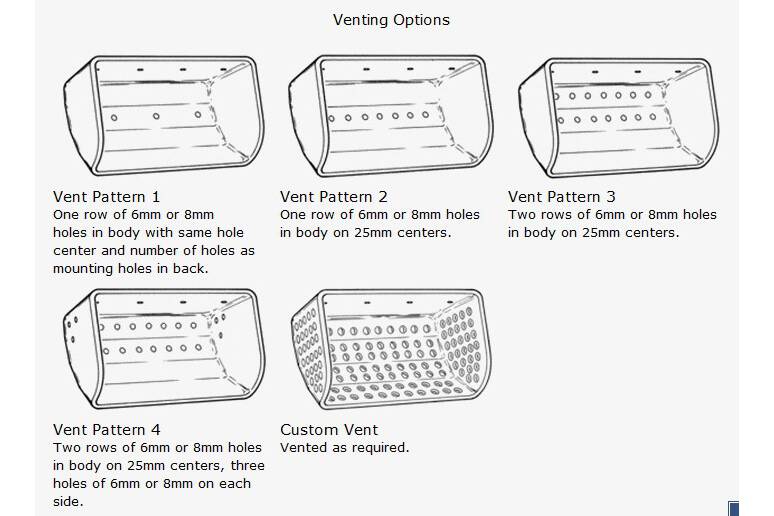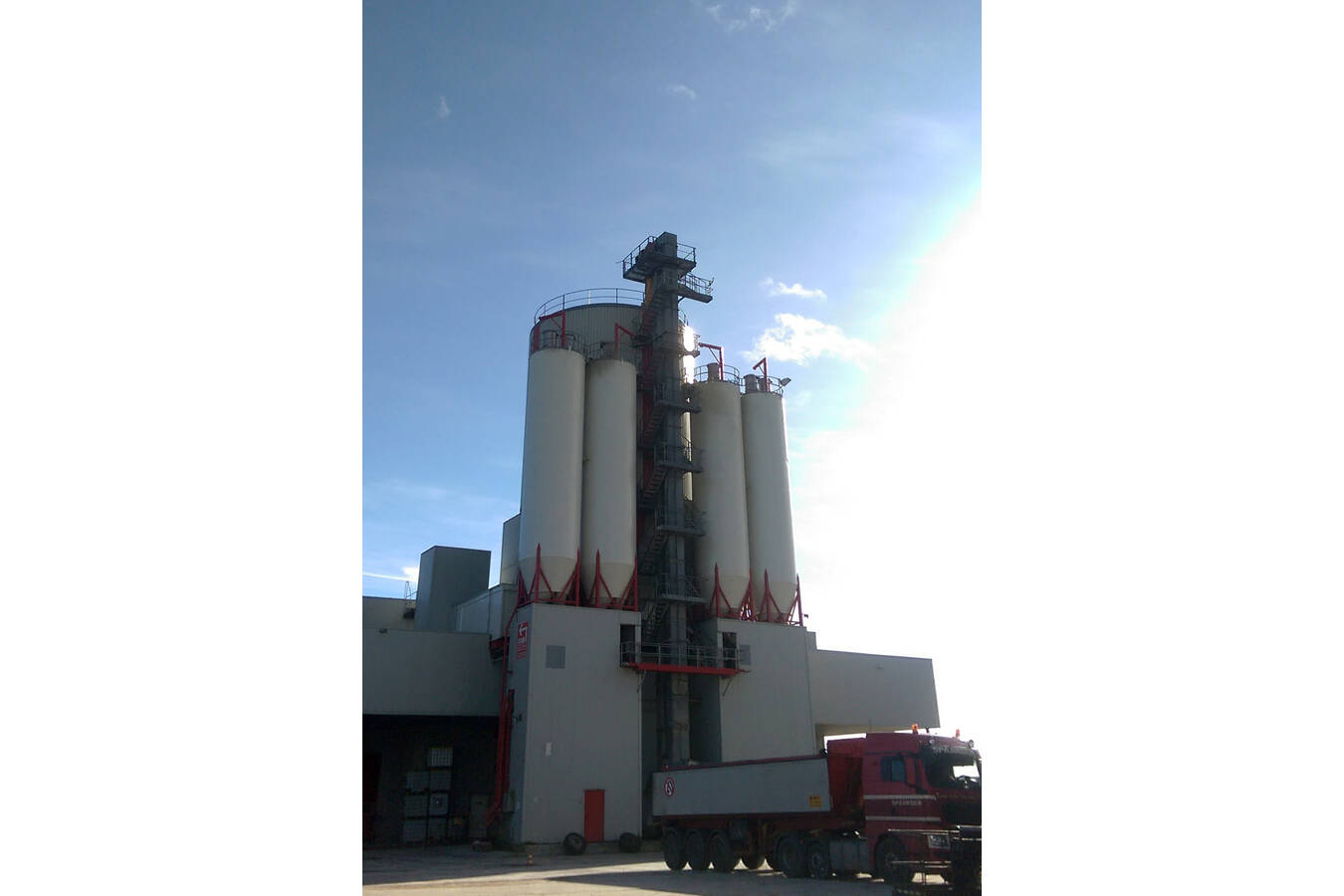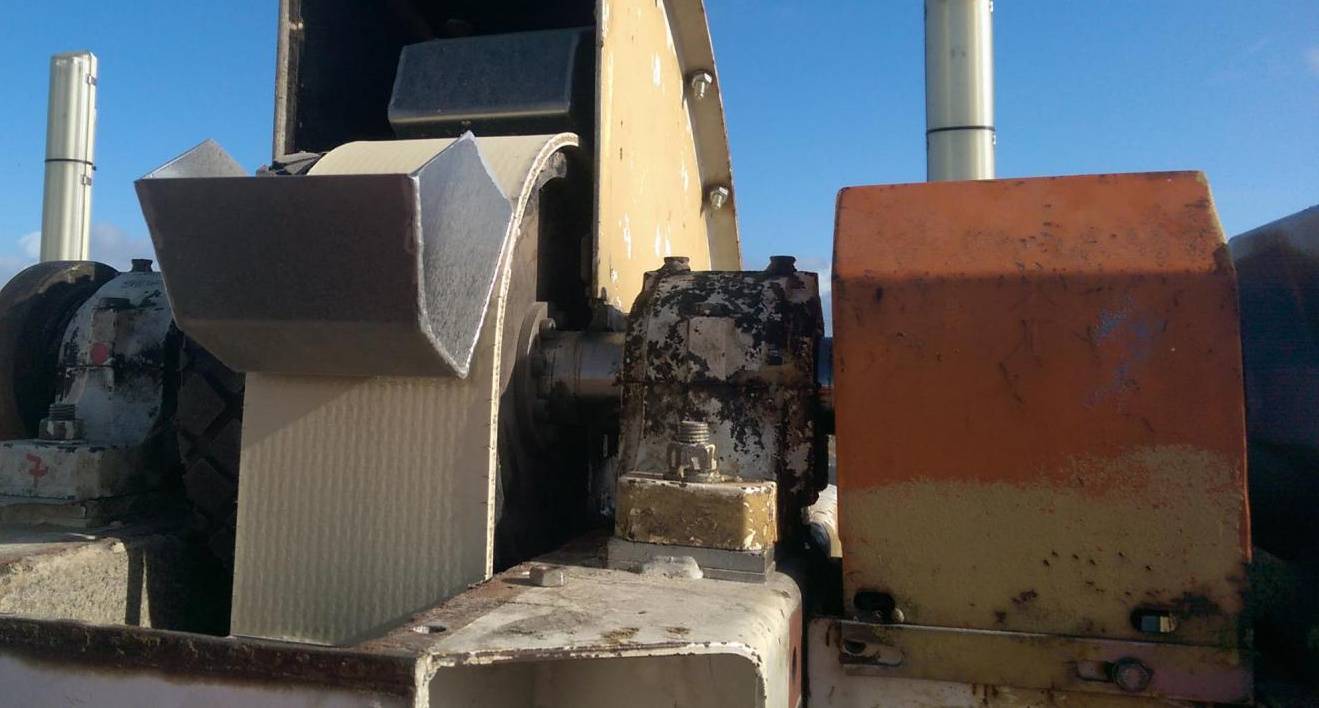The right drive and return pulleys for optimum transport
For an optimal design and use of an elevator, the elevator belt and the drive and return pulleys are of crucial importance.
Elevator belt
In ensuring optimal and safe bulk transport, the elevator belt is of crucial importance. This is the heart of the machine and during production it is subject to various loads. Therefore, it is important that all components that come into contact with the elevator belt are carefully selected to ensure maximum service life.
Drive and return pulleys
In this respect, drive and return pulleys are very important components. They are constructed to suit the elevator belt and the kind of product that is being processed. From drive pulleys and cage pulleys to wing pulleys: our engineers take care of the entire process, from drawing to implementation to guarantee that the elevator belt runs properly and smoothly on the pulleys. Special attention is paid to the crowning of the drive pulley surface, construction strength, shaft connection and static balancing to realize an optimum service life for your elevator belt along with the best production result.
Drum liners
For elevators taller than 25 metres we advise the use of a pulley lagging on the surface of the drive pulley. Because friction between the elevator belt and the drive pulley is an absolute must for a positive grip. This prevents the elevator belt from slipping and reduces wear. Easy replaceable pulley lagging such as Slide-Lag is welded onto the surface of the drive pulley, or rubber with a diamond profile is bonded to the surface using a cold vulcanisation process. The latter is also available in food-grade quality in the colours white or blue. When a rubber pulley lagging does not suffice, for instance at very high temperatures, we recommend interchangeable pre-shaped steel segments with a sintered nickel alloy: known as Metal-Lag.
Please contact one of our engineers for advice on a customised offer.


